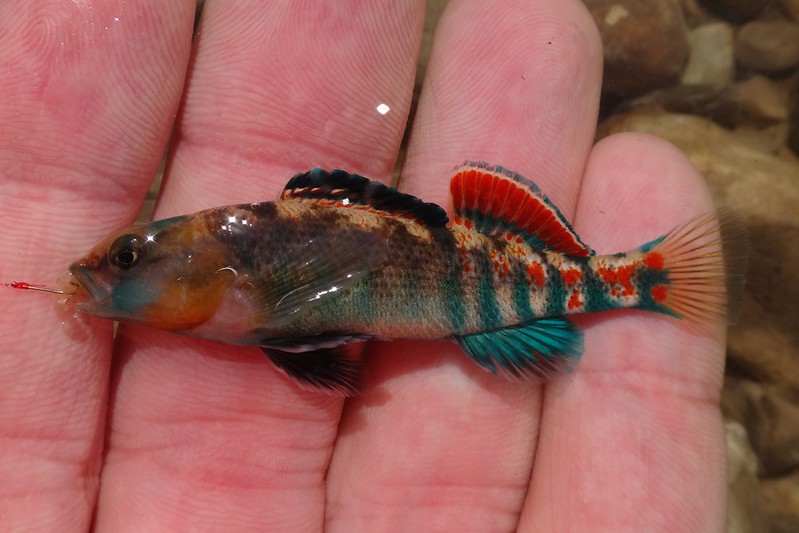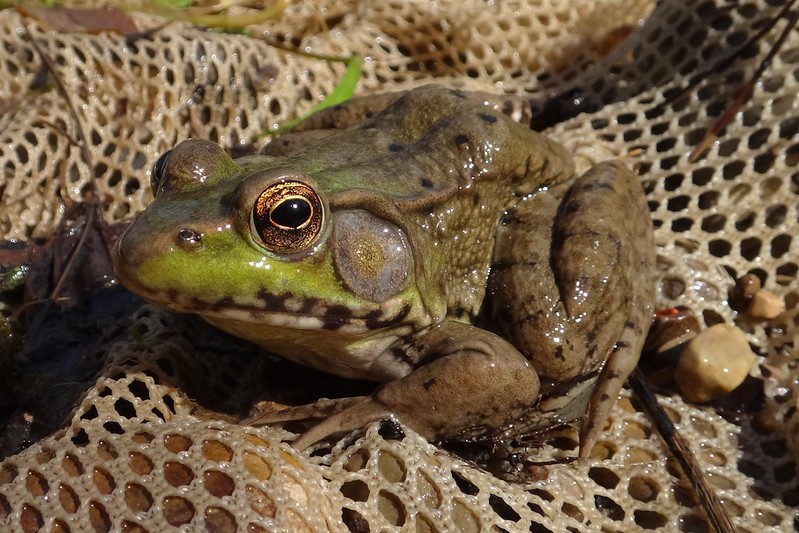Yesterday I visited my parents near Chillicothe, IL and sampled the creek that I grew up playing in. I was a little worried the orangethroats would be past their prime, but they were still fired up and doing territorial things. I wanted a better photo for my lifelist album, so I caught a few on hook & line first. Definitely a huge improvement over what I had before! The charcoal black on the upper half of the flank is interesting.


For the remainder of the time I used my perfect dip net. I'm pretty good at microfishing, but the net is a lot faster, haha. The number of orangethroat darters in every sweep was impressive.

Western blacknose dace were abundant in the deeper pools, and the males were colored up.


Also abundant were central stonerollers. Creek chubs were less common, and they were usually tucked up in roots and overhanging vegetation.


In years past, southern redbelly dace have been one of the most common species. However, on this visit they were nearly impossible to find. I only caught one, a female. I looked hard but couldn't find a male for the life of me. I wonder... are they the most sensitive species in this creek? The upper half of this drainage is agricultural land (corn and soy), which gets good doses of liquid manure and herbicides and pesticides every year. Could something have wiped out 90% of the SRBD but left the orangethroat darters and other species untouched?

One of the last fish I caught really blew me away. I present to you the BLUEST orangethroat darter I've ever seen. Even the tail is blue! There is a tiny streak of red in the anal fin and two little streaks in the tail. I don't think it's a hybrid with rainbow darter though. My hunch is that his color producing genes are just turned up to eleven and a little bit of red snuck into those fins.

For comparison here is another colored up orangethroat. This is what I'm used to seeing.






















